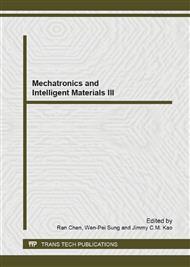p.403
p.407
p.412
p.416
p.420
p.426
p.431
p.435
p.439
The Principle and Applications of Colored Solar Cells
Abstract:
Solar Energy is a kind of green and renewable energy, and solar cells can be used to convert solar energy to electricity. Due to the requirements of carbon reduction and energy saving as well as the policy of Government incentive, the installation of solar energy system is becoming more and more popular. However, the available ground surface is limited, and the installation site of solar energy is gradually extended to building roofs, fish bonds and other special places. Because the traditional solar cells tend to monotonous dark blue or reddish brown color, the aspiration for colored solar cells is appeared in recent years to cope with the aesthetic requirement for solar facilities in the living environment. This paper discusses the principle and applications of colored solar cells, including the types of colored products, and the methods of making color change. In addition, the theory of chromatic has been used to explain the guidelines of color selection and coordination of solar cells in various situations and applications.
Info:
Periodical:
Pages:
420-425
Citation:
Online since:
June 2013
Authors:
Keywords:
Price:
Сopyright:
© 2013 Trans Tech Publications Ltd. All Rights Reserved
Share:
Citation:


